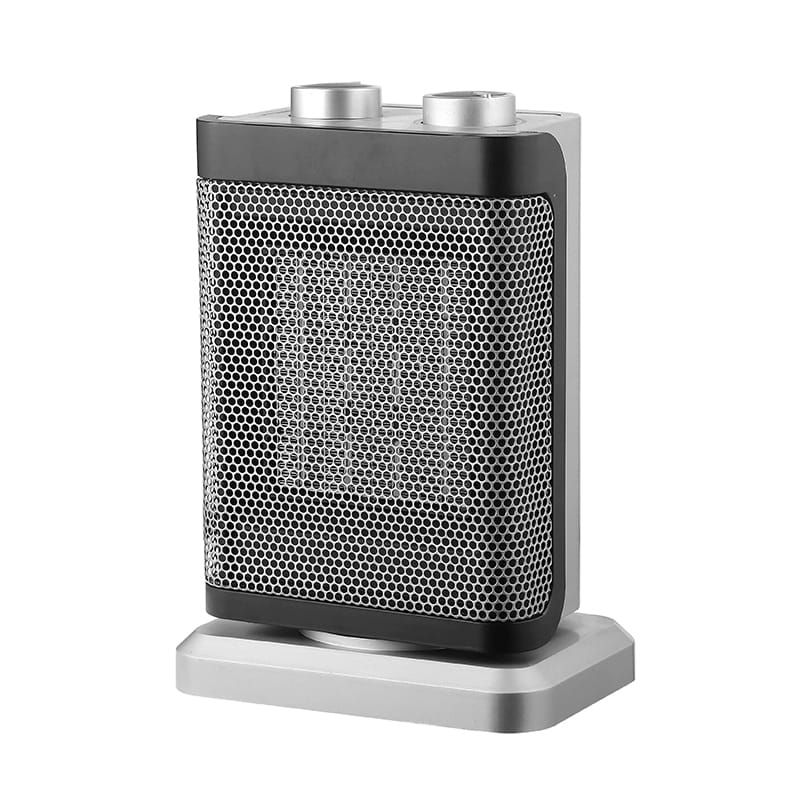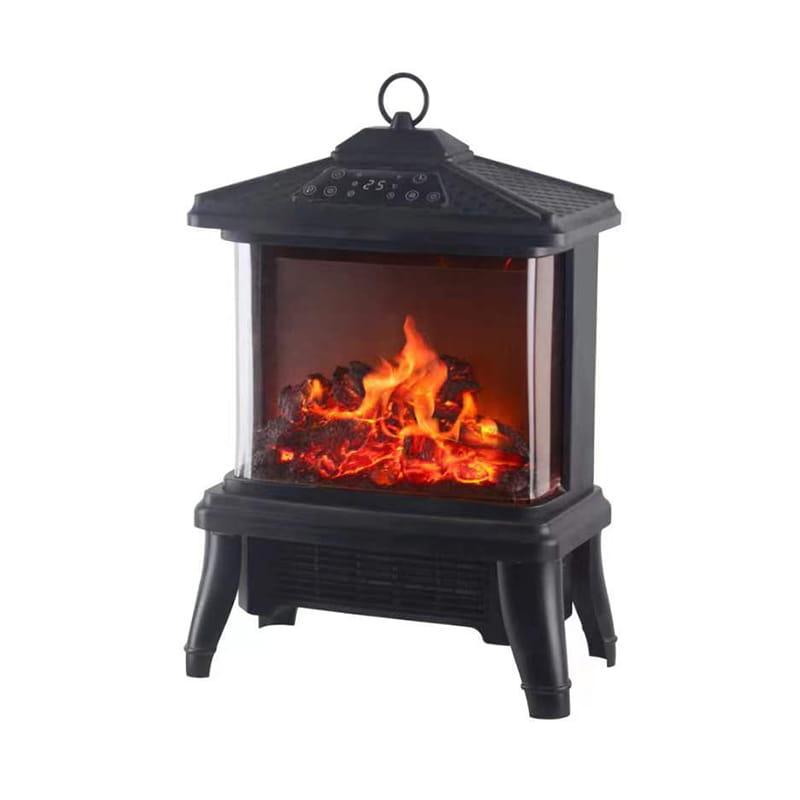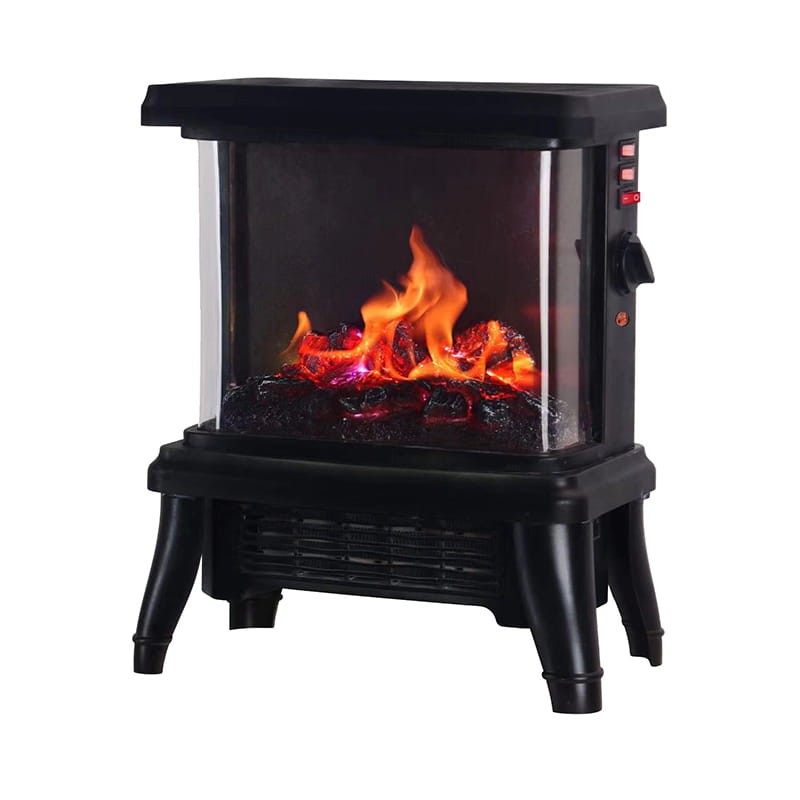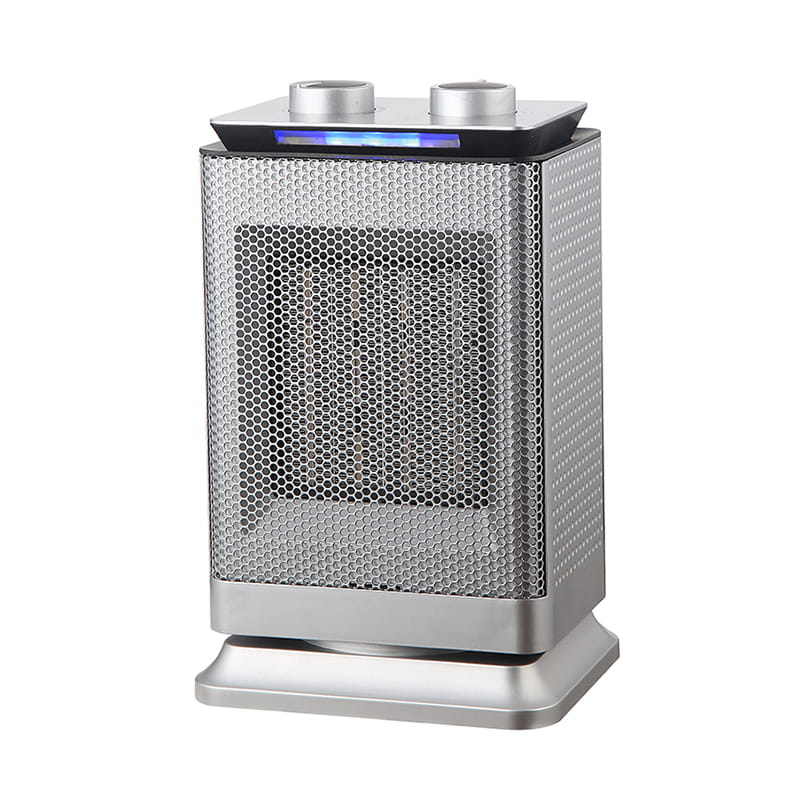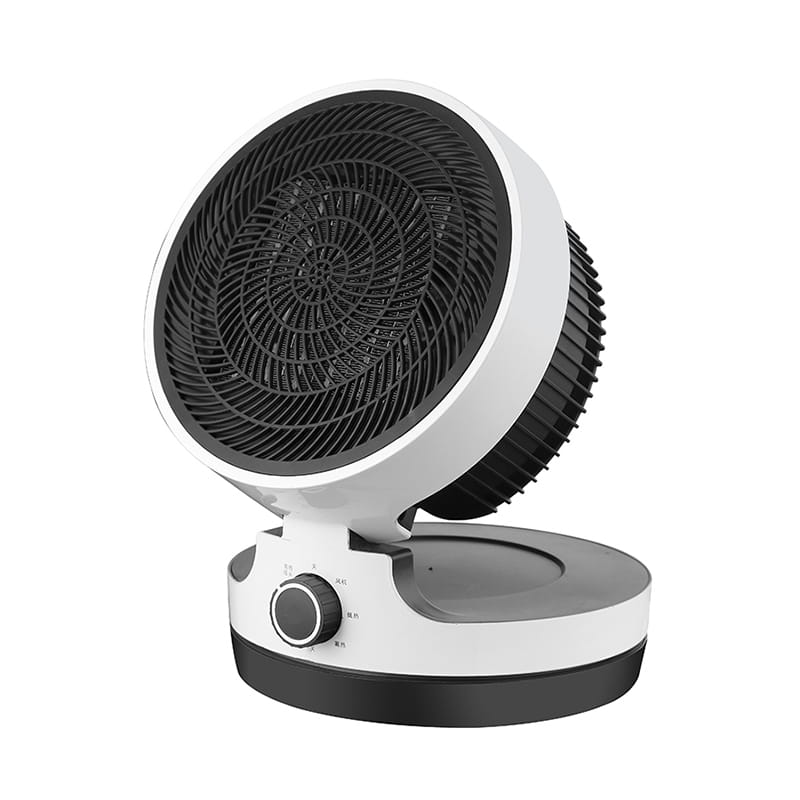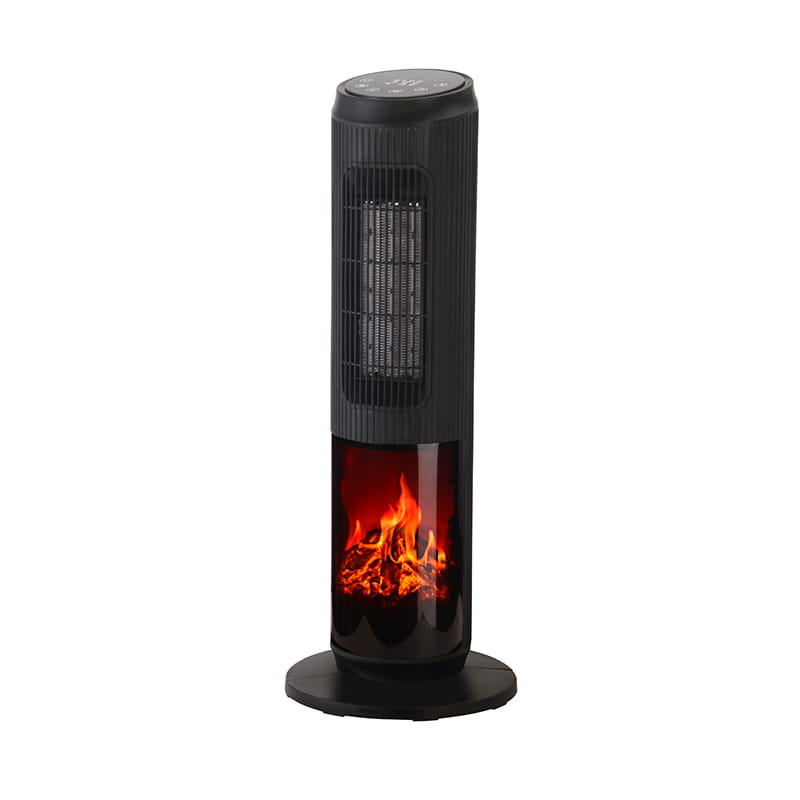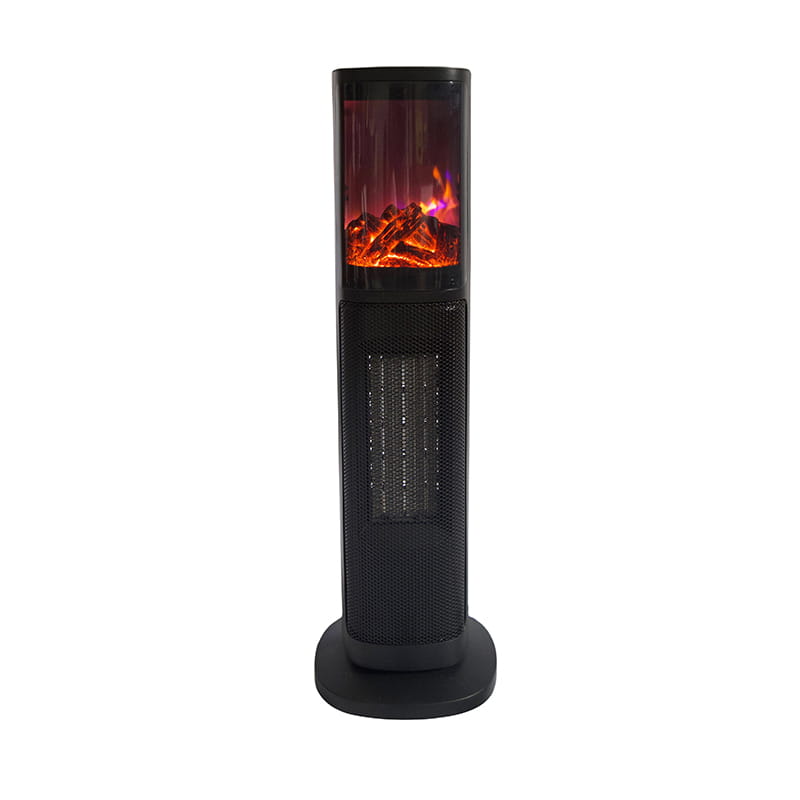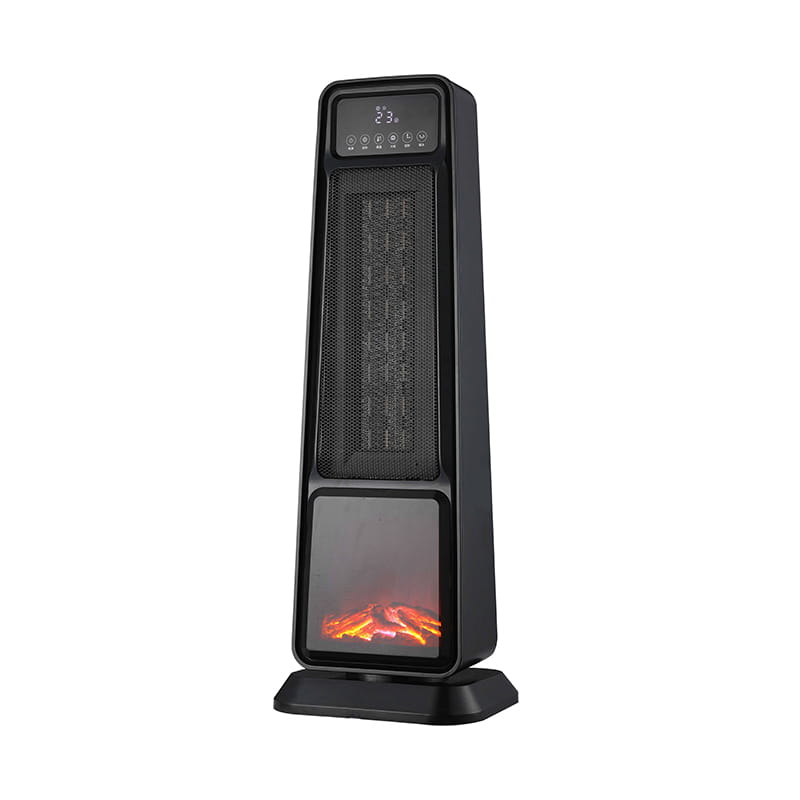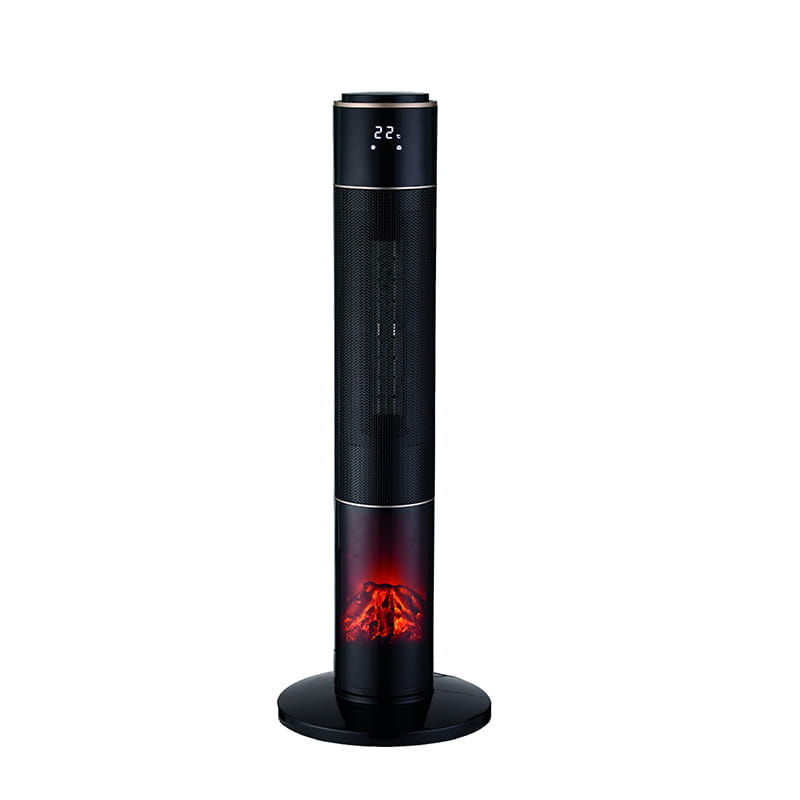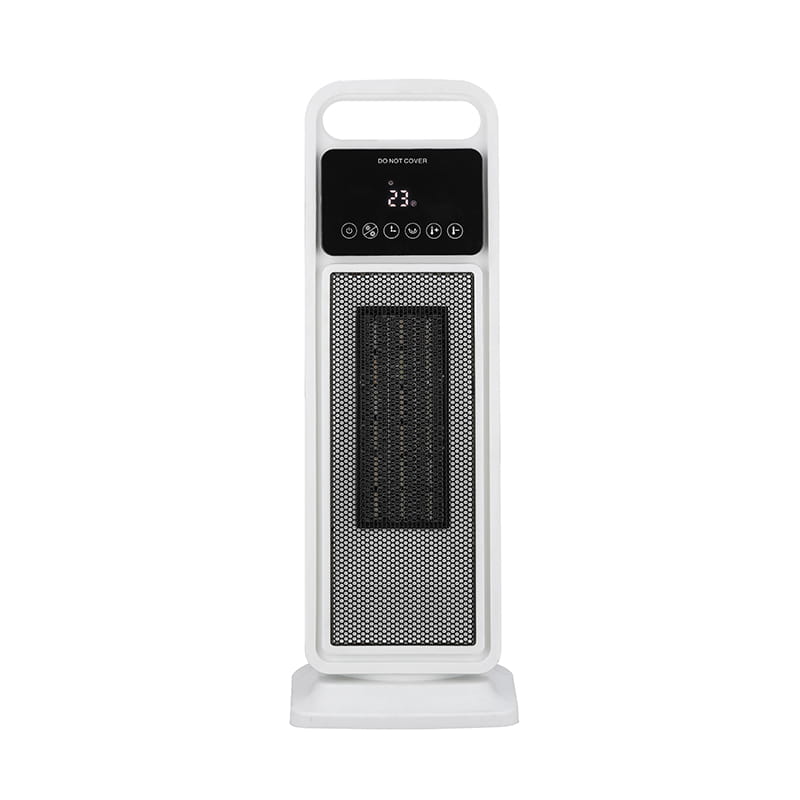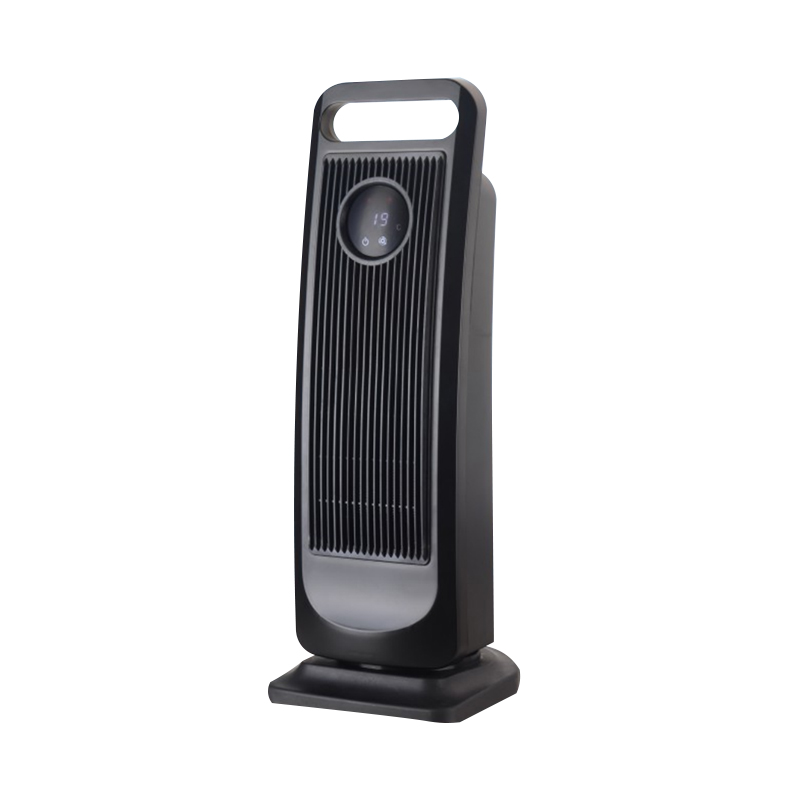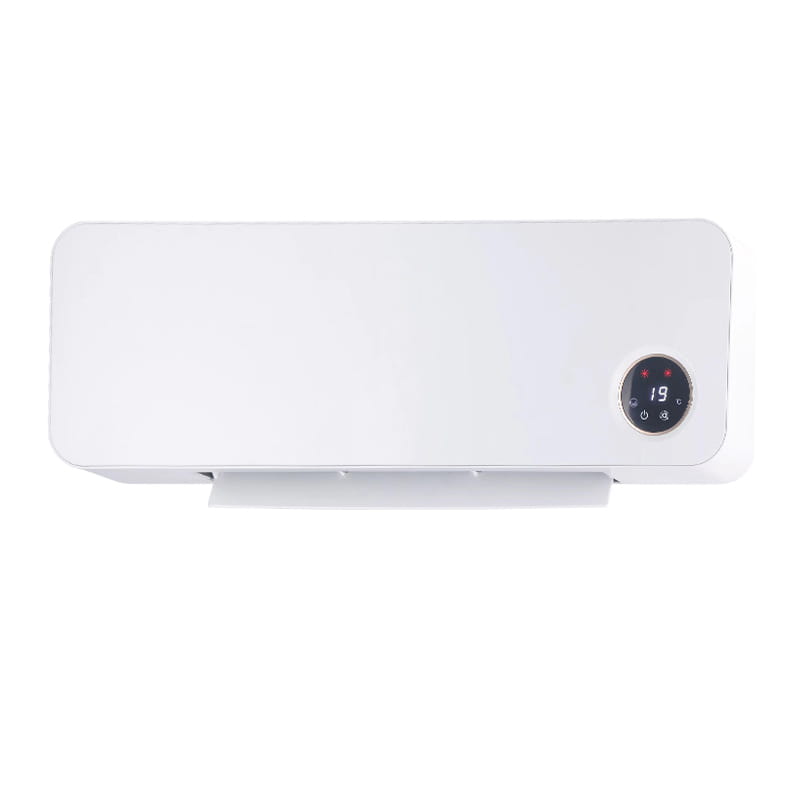Is the ice crusher effective?
1. The function of ice crusher
Food & Beverage Preparation
Cold Beverage Preparation: Cocktails (such as mojitos), smoothies, milkshakes, and other drinks that require fine or uniformly crushed ice.
Food Preservation: Spreading crushed ice in seafood and fresh produce display cases prolongs freshness and enhances visual appeal.
Fast Food Industry: Used to chill beverages or create shaved ice desserts (such as shaved ice).
Food Processing and Industrial Applications
Food Processing: In the fishing and meat processing industries, crushed ice is used for low-temperature preservation and transportation to prevent spoilage.
Industrial Cooling: In chemical and concrete mixing applications, crushed ice can quickly lower the temperature of equipment or materials.
Baking and Desserts: Ice cream and frozen cakes require uniformly crushed ice as a cooling medium.
Daily Home and Commercial Uses
Home Use: Rapidly produce ice for summer cold drinks, ice packs, or small gatherings.
Commercial Use: Efficiently prepare large quantities of crushed ice to improve service efficiency in hotels, bars, cafes, and other venues.
2. Precautions for using ice crusher
Safety Operating Instructions
Electrical Safety
Ensure the machine is grounded. Commercial models must use a waterproof socket (IPX4 or higher).
Do not operate the power switch with wet hands.
Industrial equipment must be equipped with an overload protection device.
Ingredient Taboos
Only use ice cubes made with purified water (hard water ice can damage the blades).
Strictly prohibit the use of: dry ice (-78°C can cause plastic parts to crack), foreign objects such as metal or stone, and ice blocks thicker than the specified standard (usually ≤ 30 cm).
Operational Protection
Maintain a safe distance when operating (the blade speed can reach 5000 rpm). rpm)
Commercial machines must have a "child lock" function. Immediately turn off the power if any abnormal vibration or noise occurs.
Correct Operation Procedures
Pre-processing Phase
The ice temperature must be raised to above -10°C (low temperatures affect crushing efficiency). Remove any water adhering to the ice surface (to reduce motor load).
Load Control
A single charge should not exceed 80% of the capacity (home machines typically have a maximum of 1kg).
Commercial machines are recommended to use an automatic feeding system.
Parameter Adjustment
Adjust the crushed ice size as needed (2-15mm options available).
Perform a 30-second idle test before first use.
Fault emergency handling
|
Symptom |
Possible Cause |
Solution |
|
Motor overheating and shutdown |
Continuous overload operation |
Restart after 15 minutes of cooling |
|
Uneven ice distribution |
Worn blades/foreign objects stuck |
Immediately disconnect power and clean |
|
Electrical leakage |
Moisture damage to wiring |
Stop using and report for repair |
3. Maintenance Tips
Daily Cleaning
After each use: Rinse the inner chamber with food-grade disinfectant, remove any ice residue from the blade, and dry before storing.
Check the seal weekly for signs of wear.
Regular Maintenance
Blade Maintenance: Check sharpness monthly, and sharpen professionally quarterly (a dull blade increases energy consumption by 30%).
Motor Maintenance: For industrial machines, relubricate and inspect carbon brushes every 500 hours.
Seasonal Inactivity
When not in use for extended periods: ① Thoroughly dehumidify to prevent rust. ② Apply anti-rust oil to the blade. ③ Disconnect the power cord.
-
Feedback

 English
English Deutsch
Deutsch 中文简体
中文简体
